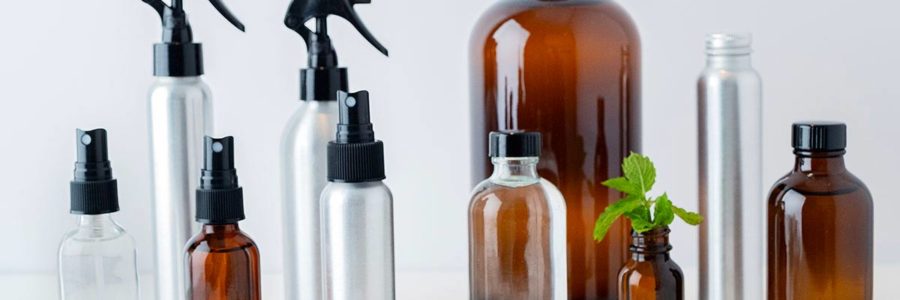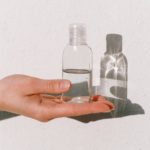![]()
This article has been medically reviewed by Dr. Charles Penick, MD![]()
Having hand sanitizer at the ready has become increasingly important. Learn how to make your own with a few ingredients & essential oils. Read more!
DIY Hand Sanitizer with Essential Oils
Due to the fear of getting sick, hand sanitizer use has gone up dramatically. While washing with soap and water is still the most effective way to wash and clean our hands, a sink isn’t always available. But most hand sanitizers contain known toxins that can disrupt hormones, impact immune health, and contribute to inflammation in the body. A better option is to create your own hand sanitizer with a simple, easy-to-use recipe containing healthier ingredients than commercial brands.
What Essential Oils Are Best For Hand Sanitizers | What Alcohol Should You Use For Hand Sanitizers | DIY Hand Sanitizer with Essential Oils Recipe
What Essential Oils Are Best For Hand Sanitizers
There are over 90 essential oils available, used in various ways. Common uses include aromatherapy, added to foods, put in cleaning products in the home, insect repellants, and general health. In this article, we will go over the top 5 essential oils for hand sanitizers.
Essential Oil #1: Tea Tree Oil.
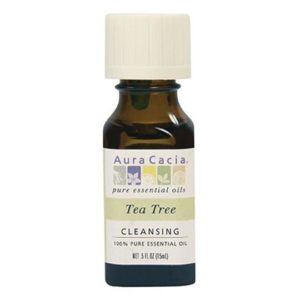
Tea tree oil has strong anti-viral and anti-bacterial properties. It kills E. coli, S. pneumonia, H. influenza, and other viruses and bacteria.1 It has also been used as an insect repellant, soothes inflamed skin, and can treat nail fungus. Order your tea tree essential oil HERE.
Essential Oil # 2: Rosemary.
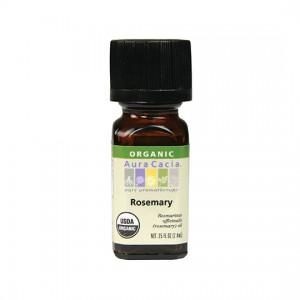
Rosemary can increase brain function in studies, increase alertness, and reduce stress levels.2 It also works great as an insect repellent. Rosemary is known most for its aromatherapy benefits but can be mixed with other essential oils with antibacterial and microbial benefits, such as lavender and lemongrass. Order rosemary essential oil HERE.
Essential Oil #3: Geranium.
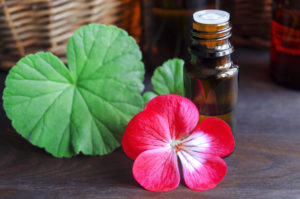
Essential geranium oil
The geranium essential oil is found in various skin care regimens, including helping to prevent bacterial growth, reduce wrinkles, wound healing, and treat acne. Geranium is a popular hand sanitizer, with studies showing antibacterial and antifungal effects against over two dozen bacteria.3 Order geranium essential oil from Amazon HERE.
Essential Oil #4: Lemongrass.
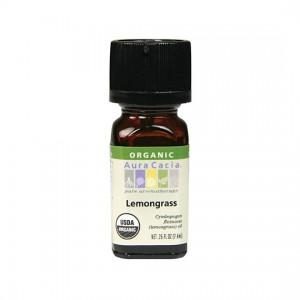
Studies on lemongrass have shown it to have antibacterial, antifungal, and anti-inflammatory properties.4 It is also a natural insect repellent used to keep flies, mosquitos, fleas, ticks, and fruit flies at bay. Order your lemongrass essential oil HERE.
Essential Oil #5: Lavender.
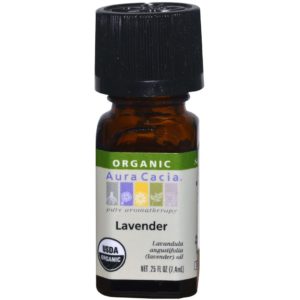
Lavender is an antimicrobial, stopping the growth of microorganisms or eradicating them. Its’ antioxidant and anti-inflammatory properties treat various skin conditions and reverse signs of aging. Inhaling lavender may also help decrease stress levels, improve mood, and treat migraines.5 Order lavender essential oil HERE.
What Alcohol Should You Use For Hand Sanitizers
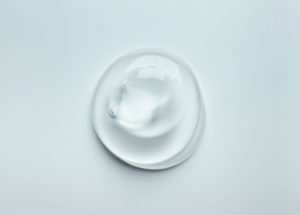
Disinfectants can be added to essential oils to create an effective hand sanitizer. Here are the most popular disinfectants:
- Witch Hazel
- Isopropyl Alcohol
- 190-Proof Ethyl Alcohol
Witch Hazel is the preferred base for essential oils, but according to Covid-19 and CDC guidelines, Isopropyl Alcohol is the most effective base.
DIY Hand Sanitizer with Essential Oils Recipe
Ingredients
The following ingredients can be used to create hand sanitizer:
- Small Bottle
- 3 Tablespoons Witch Hazel (or other Alcohol)
- 1 Tablespoon of Aloe Vera Gel
- 3 Drops Eucalyptus Essential Oil
- 3 Drops Rosemary Essential Oil
- 3 Drops of Tea Tree Essential Oil
Instructions
- In a clean bowl with a clean spoon, mix the isopropyl alcohol and aloe vera gel until well combined.
- Add in the essential oils
- Transfer the sanitizer to a small, clean bottle.
- Shake well before each use (there may be some clumping due to the consistency of the aloe vera gel) and spray or pump into your hands.
- Rub the formula onto your hands and let them completely air-dry.
- Follow up with a moisturizer to keep your skin hydrated.
DIY Hand Sanitizer
Equipment
- Mixing Bowl
- Small Funnel
Materials
- 1 Small Bottle
- 3 tbsp Witch Hazel (or other Alcohol)
- 1 tbsp Aloe Vera Gel
- 3 drops Eucalyptus Essential Oil
- 3 drops Rosemary Essential Oil
- 3 drops Tea Tree Essential Oil
Instructions
- In a clean bowl with a clean spoon, mix the isopropyl alcohol and aloe vera gel until well combined.
- Add in the essential oils
- Transfer the sanitizer to a small, clean bottle
- Shake well before each use (there may be some clumping due to the consistency of the aloe vera gel) and spray or pump into your hands.
- Rub the formula onto your hands and let them completely air-dry.
- Follow up with a moisturizer to keep your skin hydrated.
Medical Disclaimer: This article is based on the opinions of the author. The information on this website is not intended to replace a one-on-one relationship with a qualified health care professional and is not intended as medical advice. It is intended as a sharing of knowledge and information from the research and experience of Cell Health News and its associates. This article has been medically reviewed by Dr. Charles Penick, MD for the accuracy of the information provided, but Cell Health News encourages you to make your own health care decisions based upon your research and in partnership with a qualified healthcare professional.
References:
- C. F. Carson, K. A. Hammer, T. V. Riley. Melaleuca alternifolia (Tea Tree) Oil: a Review of Antimicrobial and Other Medicinal Properties. 2006 Jan; 19(1): 50–62. doi: 10.1128/CMR.19.1.50-62.2006. [PMID: 16418522].https://www.ncbi.nlm.nih.gov/pmc/articles/PMC1360273/
- Ruth McCaffrey, Debra J Thomas, Ann Orth Kinzelman. The Effects Of Lavender And Rosemary Essential Oils On Test-Taking Anxiety Among Graduate Nursing Students. Mar-Apr 2009;23(2):88-93. doi: 10.1097/HNP.0b013e3181a110aa. [PMID: 19258850].https://pubmed.ncbi.nlm.nih.gov/19258850/
- S Pattnaik, V R Subramanyam, C Kole.Antibacterial And Antifungal Activity Of Ten Essential Oils In Vitro. 1996;86(349):237-46. [PMID: 8893526].https://pubmed.ncbi.nlm.nih.gov/8893526/
- Gagan Shah, Richa Shri,1 Vivek Panchal (et al). Scientific Basis For The Therapeutic Use Of Cymbopogon Citratus, Stapf (Lemon Grass). 2011 Jan-Mar; 2(1): 3–8. doi: 10.4103/2231-4040.79796. PMCID: PMC3217679. [PMID: 22171285].https://www.ncbi.nlm.nih.gov/pmc/articles/PMC3217679/
- Payam Sasannejad 1, Morteza Saeedi, Ali Shoeibi, Ali Gorji (et al). Lavender Essential Oil In The Treatment Of Migraine Headache: A Placebo-Controlled Clinical Trial.2012;67(5):288-91. doi: 10.1159/000335249. Epub 2012 Apr 17. PMID: 22517298. https://pubmed.ncbi.nlm.nih.gov/22517298/


